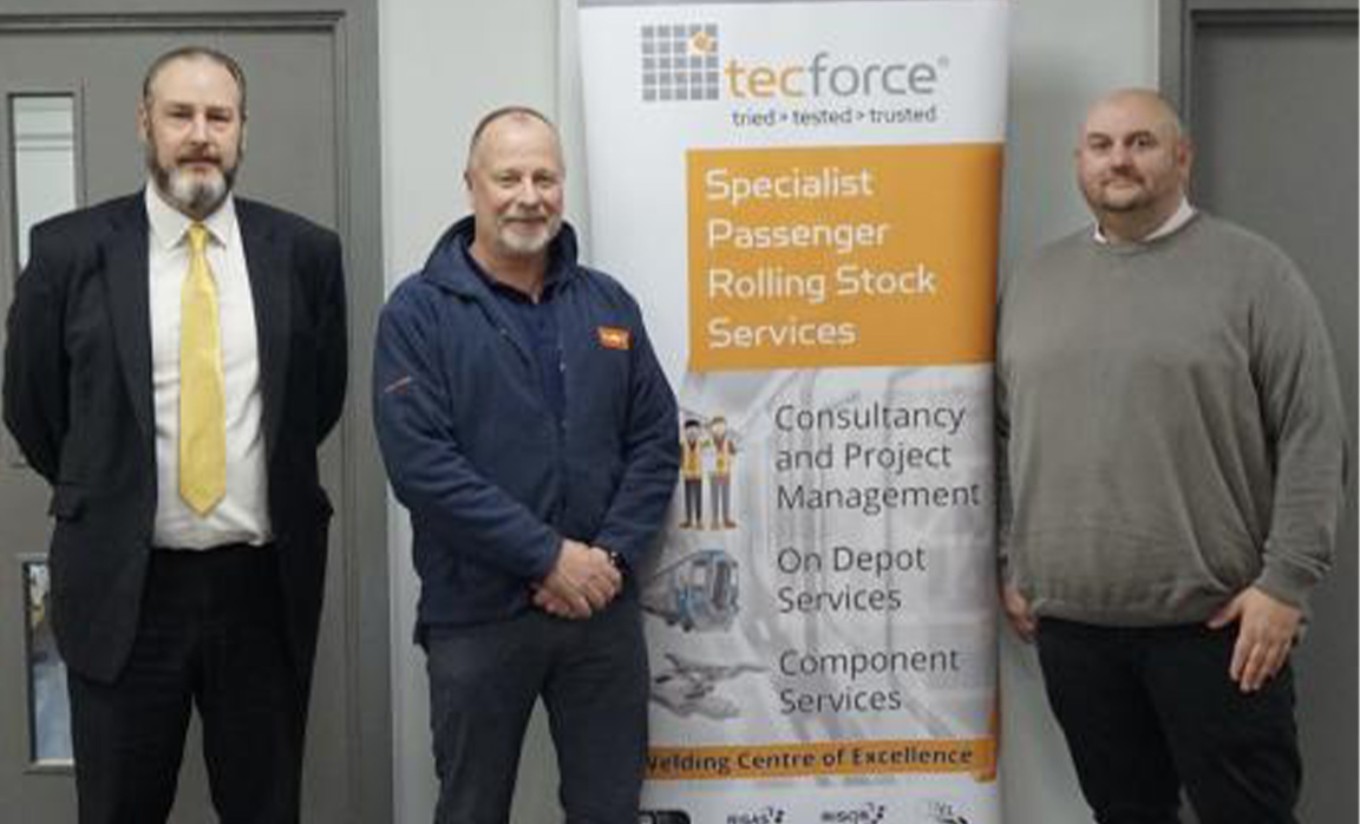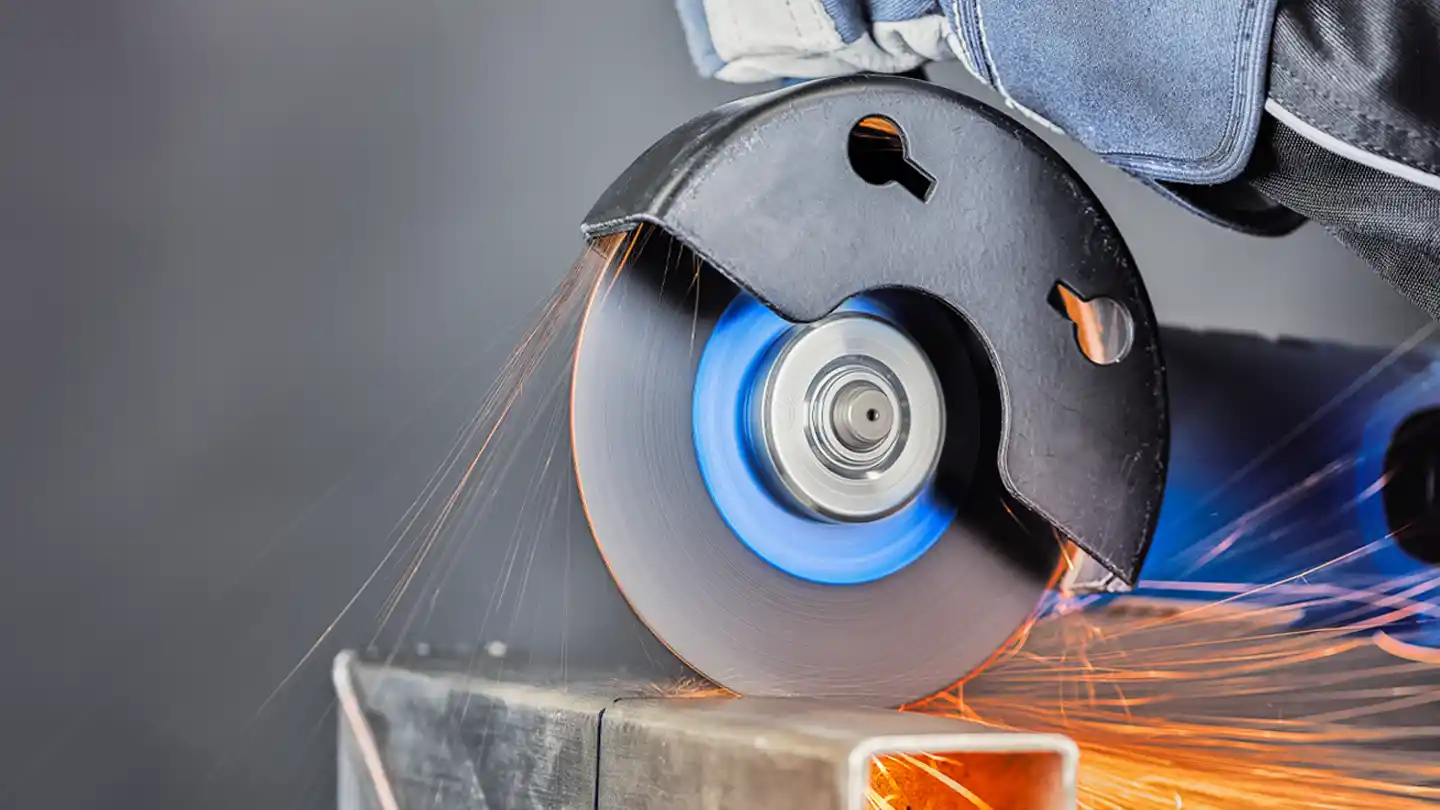Can consumables reduce Vibration Exposure?
Company news - 31.05.2023

Can consumables reduce Vibration Exposure?
Results from a recent test carried out by three businesses to explore whether consumables used in sheet metal grinding can reduce the harmful effects of exposure to vibration within the rail industry have shown that safe usage time, and productivity can be improved dramatically by selecting the right consumables.
TecForce, a specialist in weld engineering services and repair for the rail industry, used HAVi Technologies, an innovative, outcome driven provider of solutions that help organisations make better HAVs decisions, to advise and manage on matters relating to vibration exposure within the business. After being approached by PFERD, a leading provider of innovative, high performance, and progressive solutions; including low vibration products, for the Industrial Sectors, HAVi coordinated a series of tests to determine whether PFERD’s solutions would benefit TecForce.
Background
In order to reduce exposure to vibration in the workplace, we need to focus on the amount of vibration emitted by the tool in use whilst at the same time minimising the time to complete the task. The HSE, in their guidelines L140, refer to these variables as the Vibration Magnitude and the Trigger Time. Indeed, they go further and direct us to reduce risk to As Low As Reasonably Practicable (ALARP) by mandating the creation of a Suitable & Sufficient Risk Assessment to manage these.
Failure to manage these risks properly leads to employees being harmed by incurable damage to the blood vessels, nerves and other soft tissues in the hand and lower arm. This damage is known as Hand Arm Vibration Syndrome (HAVs) and we are duty bound to manage it under the Control of Vibration Regulations (2005). These regulations are enforceable by the HSE and increasingly by the civil courts.
Testing
HAVi’s team measured the vibration magnitude and Trigger Time resulting from the use of a single grinder (FEIN WSG 17-125P) with 2 types of grinding consumable; the existing Grinding Steel currently in use at TecForce and the PFERD CC Grind Robust disc. The same operative was used throughout the test.
For the Vibration Magnitude test, a Svantek SV106 six channel human vibration meter and Analyser was used in accordance with BS EN ISO 5349-2 & BS EN ISO 8041 (Calibration date: 24.02.23). The operative performed surface grinding on a mild steel plate.
The data showed that the PFERD CC Grind Robust halved the vibration exposure level for the operative, increasing safe usage time by more than 200%.
For the Trigger Time test, the latest generation HAVi+ Trigger Time on-tool monitor and HAVi watch were used to accurately record the vibration exposure. The operative used the FEIN grinder to grind a 300mm weld flat on a mild steel plate.
The PFERD disc completed the task in only 1/3 of the time taken using the existing grinding disc.
HAVi Technologies CEO, Mike Swan said: “This test has shown how consumables optimised for low vibration, such as those supplied by PFERD have the potential to significantly reduce the harm done to employees from using vibrating power tools”
